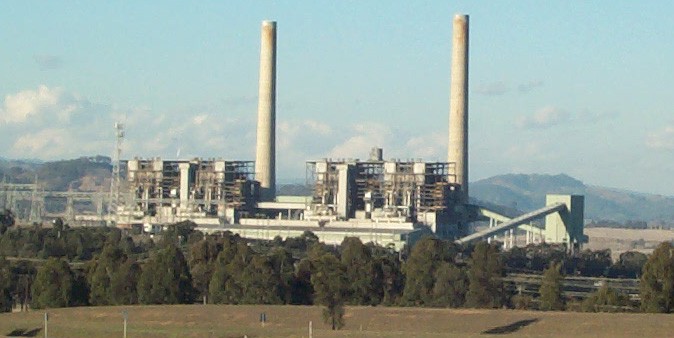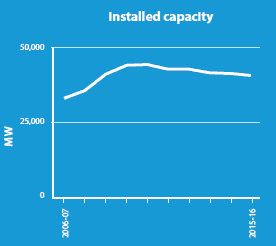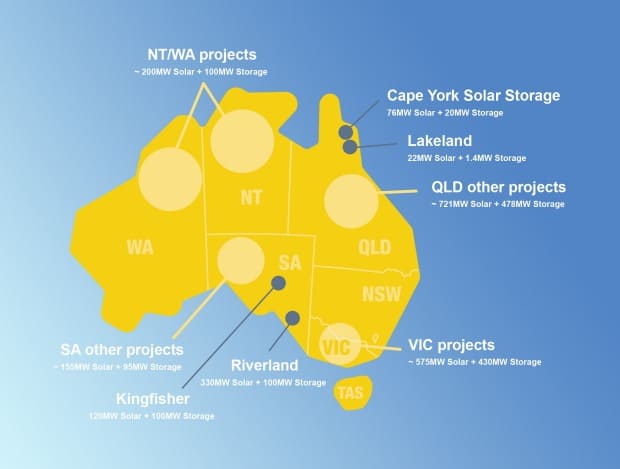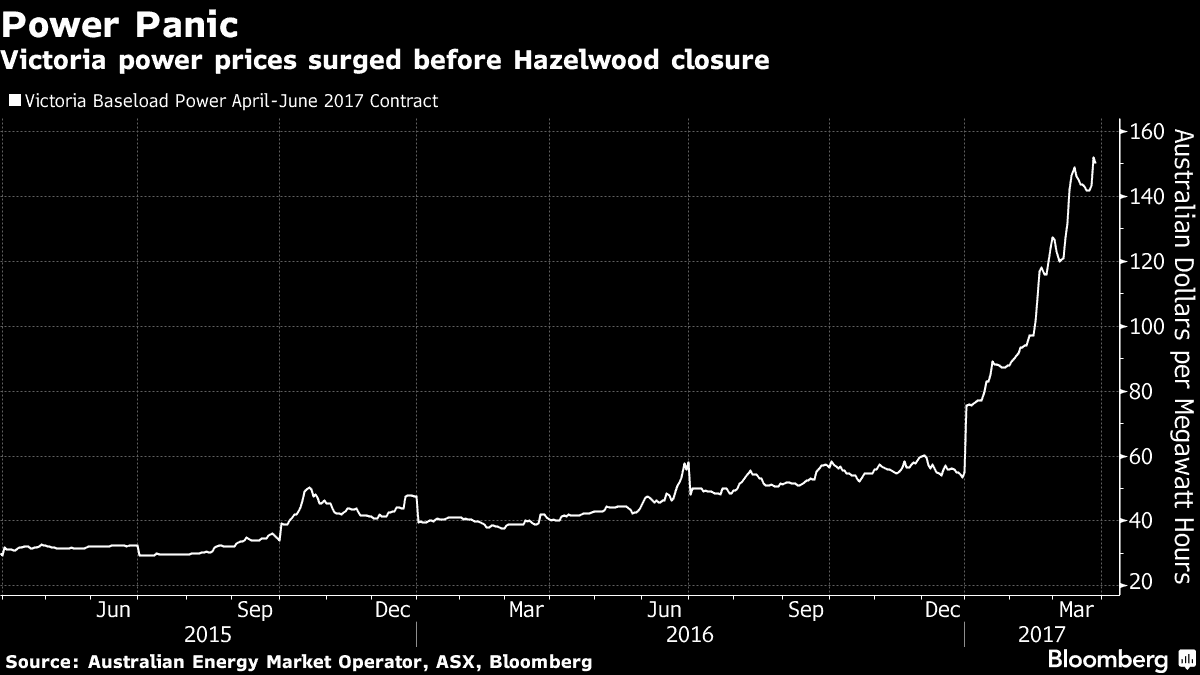The President of France, Emmanuel Macron, has told the World Economic Forum in Davos, Switzerland, that all coal-fired power stations in France will be shut by 2021. Macron’s predecessor, Francois Hollande, had planned to shut down the plants by 2023 but President Macron has decided to move that date forward in an ambitious timeline to help France lead the EU (and the world) on climate issues.
Coal-fired power stations in France
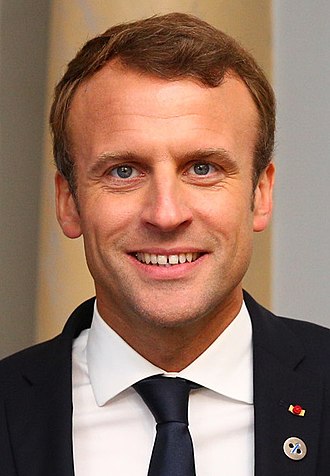
Although France only produces around 1% of its energy from coal-fired power stations in favour of using nuclear power, President Macron’s commitment to shutting them all down is a great step forward for climate change. In 1960 France had 36.5% of their power generated from dirty coal power stations. They currently generate around 75% of their electricity using nuclear energy due to a long-held policy on energy security, but they have a goal to reduce this percentage to 50% by 2025, with one of the main problems what to do with the radioactive waste. In the Champagne-Ardenne region of eastern France, near the village of Bure, they are talking about storing it deep below ground while the radiation slowly reduces.
Regardless of the fact that it only represents a very small decrease in coal generated power, Mr Macron called the decision “a huge advantage in terms of attractiveness and competitiveness” in a speech discussing France’s view towards climate change:
“We should stop opposing on one side productivity, on the other side climate change issues,” he said.

